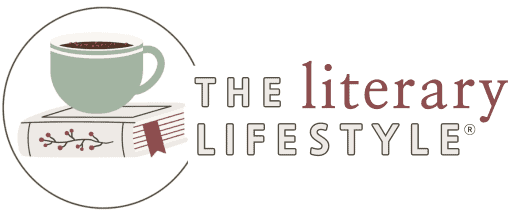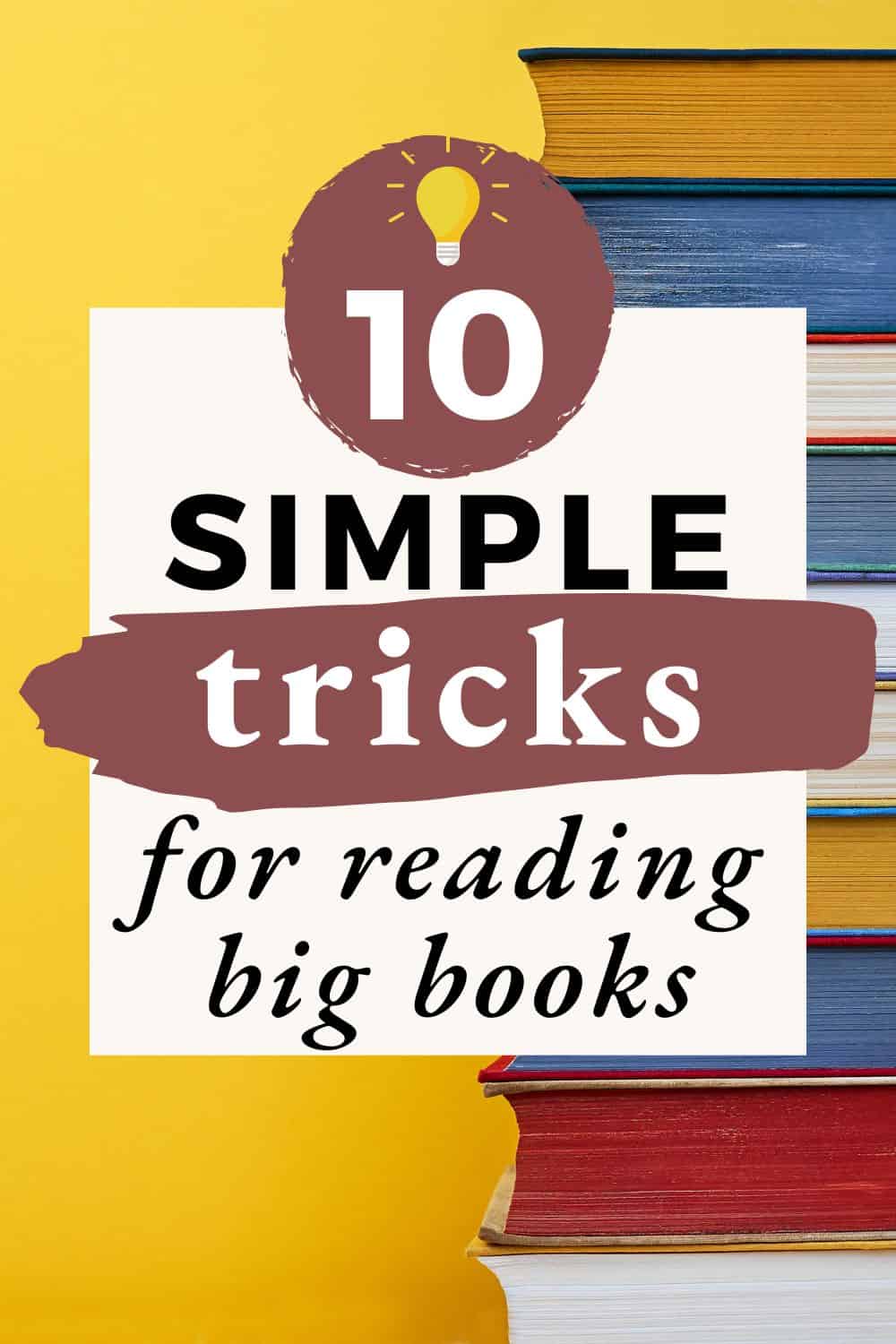Learn how to read long books once and for all. These simple tricks work, and they’re exactly how I successfully tackle the most ambitious reads. You’ll find practical tips that make it less scary and more fun. Get started now!
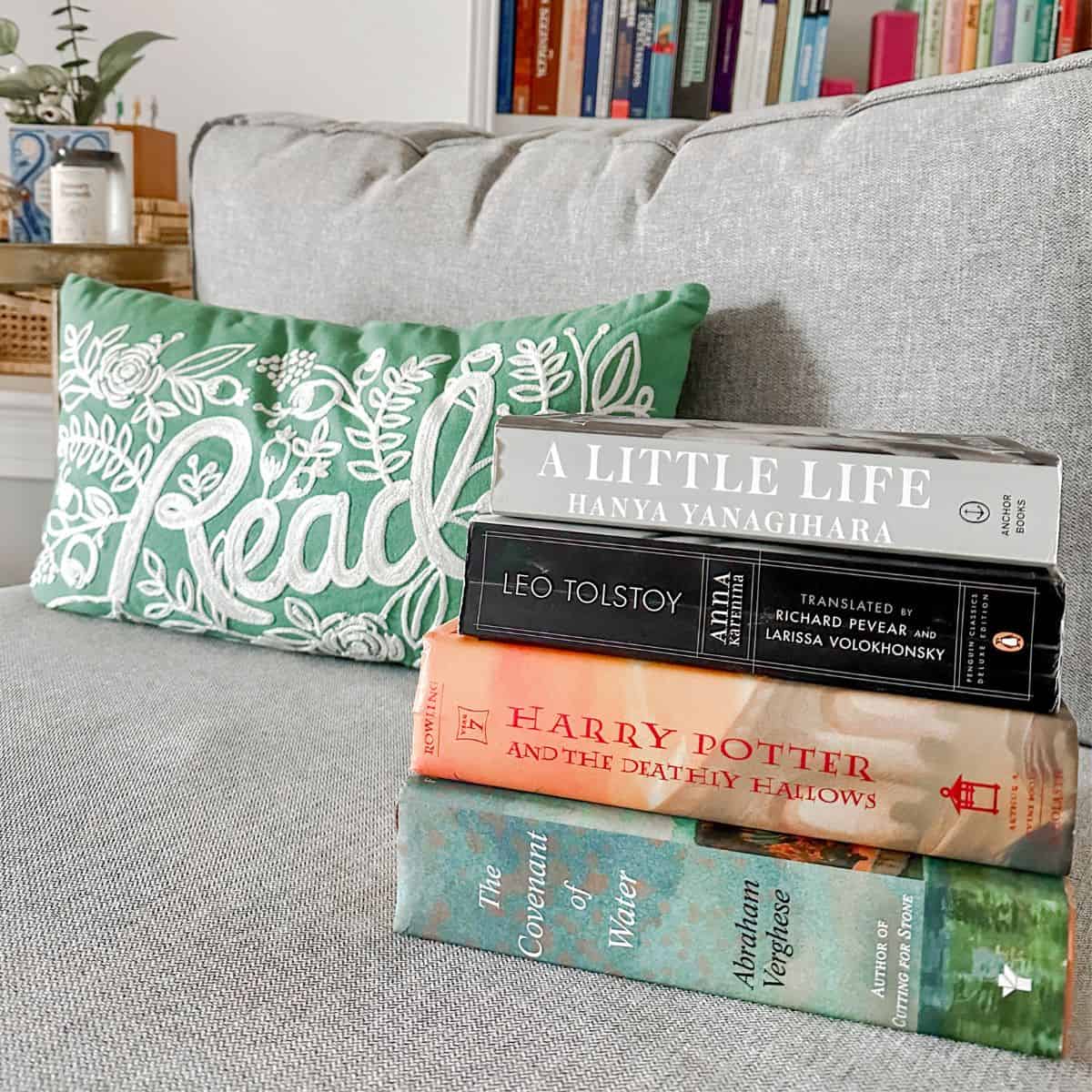
How to Read Long Books in 10 Simple Steps
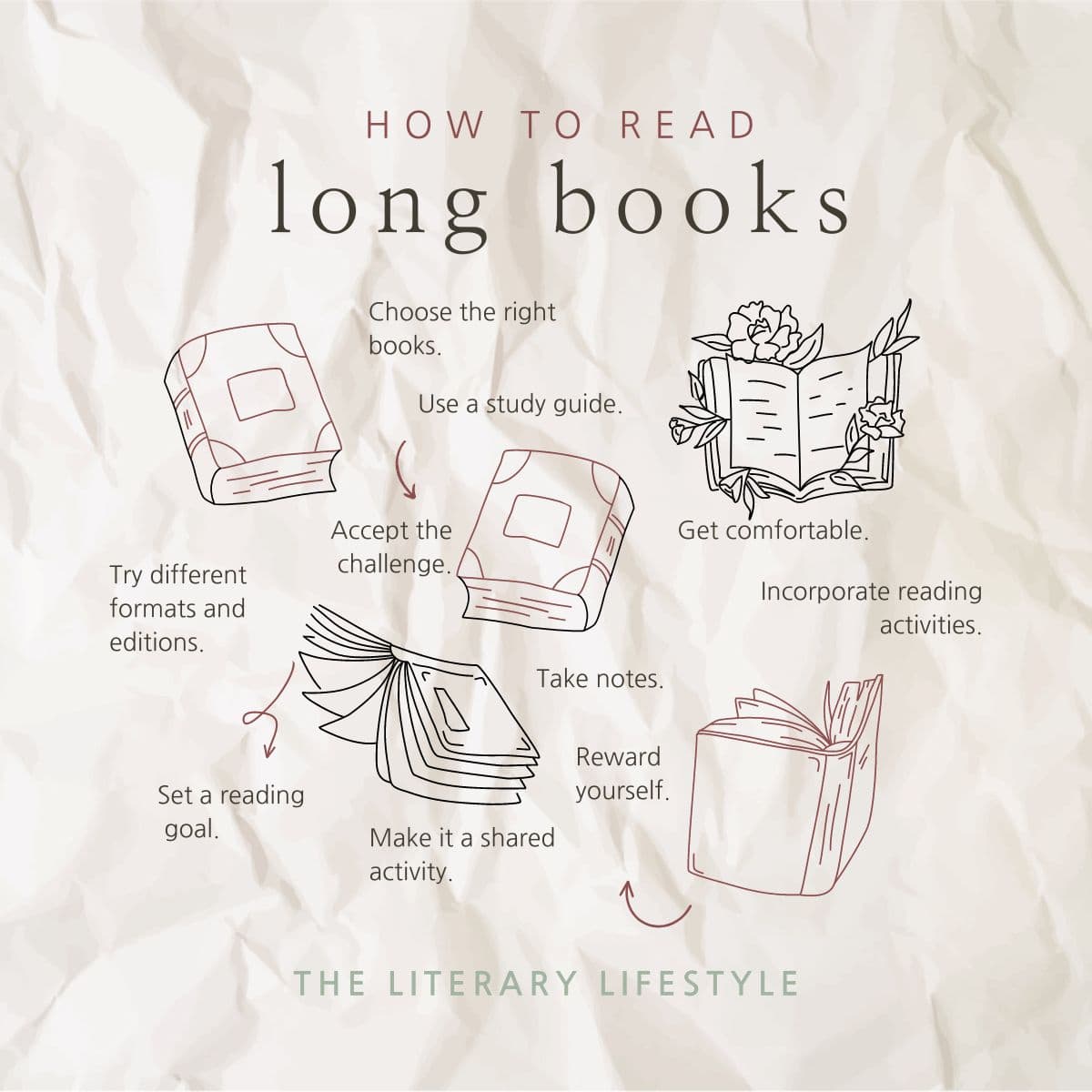
- Choose the right book.
- Accept the challenge.
- Set a reading goal.
- Get comfortable.
- Take notes.
- Use a study guide.
- Try different formats and editions.
- Incorporate reading activities.
- Make it a shared activity.
- Reward yourself.
Detailed Tips on How To Read Big Books
Choose the right long book.
First, you really shouldn’t just pick any big book. You should pick a book that sets you up for success. For example, choosing a book like A Little Life, known for being very dark and triggering, may be a bad idea if you’re sad. It also may not be a great time to start reading classic books.
However, if you love historical fiction series such as the Outlander show, you may choose to read Diana Gabaldon’s 850-page novel.
When choosing the right long book, consider the genre, author, season, and mood.
Accept that reading a big book is a challenge.
The biggest mistake I see readers make is not acknowledging that it will be hard. Acknowledging this challenge beforehand allows you to better prepare for the roadblocks you will likely face and how to get around them.
When you don’t, you may become overwhelmed fast and quit.
Big books can be time-consuming, slow-paced, hard to understand, and heavy on the details. When they feel this way to you, it’s normal. You’re not failing!
Yet, we still read long stories for many reasons, including the fact that they can teach us a lot, such as the context of a story. They can also contribute to personal growth and professional skills.
Set a reading goal to manage your time and/or read faster.
The #1 thing I recommend when starting to read a huge book is setting reading goals that make it less overwhelming.
Your reading goals should be realistic and reasonable. It would be best to strive for consistent reading habits, so you don’t lose momentum. Get into a reading routine!
I like to break a book into small segments to maintain stamina — usually 10 pages per day (or a small amount of time). Often, this means it will take me a few months to read. I’ve read far more big novels this way than any other. I’ve also done so faster because I don’t give up or get bored and take a big break.
More advanced readers can also work on reading techniques to read faster. For example, you can follow the text with your fingers or read it aloud.
You can use your time management skills if you struggle to manage time effectively when you’re busy (because who isn’t?!). Read more books by scheduling sessions, such as before bed or during lunch.
It also helps to track your progress in reaching your end goal with a reading journal.
Get comfortable in your environment with reading accessories.
Your reading environment can make or break your experience. We can’t all read in special reading rooms all the time. But there are many things you can do to promote your health and wellness while reading a thick book.
If you can, minimize noise and distractions. First, you can use focus apps on your phone for mindfulness techniques. Or, wear noise-canceling headphones to listen to music while reading. I also love to play ASMR rooms on YouTube in the background.
But it would be best to keep your phone far out of reach. It’s arguably the biggest distraction today.
Sitting in an ergonomic chair or couch and maintaining proper posture is another simple way to avoid fatigue.
Adequate lighting also does wonders for extended reading sessions. Since I like to read at night, I use a bookmark light to see more clearly. If you’re reading on an e-reader or mobile device, blue light reading glasses can also help. They prevent eye strain.
(I wear and recommend Warby Parker blue light glasses and Peepers blue light glasses.)
Believe it or not, holding a big book can even be challenging! I often have a cat on my lap when I’m reading, so my mobility is limited. In this case, I like to lay the book flat and use my book weight to keep it open. I also often read the e-version on my e-reader since it’s much lighter.
You can also try book stands, book pillows, or lap desks.
Lastly, don’t forget to take breaks!
Take notes on the story to help you focus on difficult books.
Taking notes is one of the best ways to “force” yourself to focus when reading. This concentration hack works every time for me.
For print books, I stick large Post-Its inside the front cover. Then, I underline and jot down things that catch my attention, such as character names and descriptions. On my Kindle, I highlight and take notes directly on the page!
I did this when I read the very long and detailed book Iron Flame by Rebecca Yarros. I then exported my notes to create reading guides for other readers.
Use a study guide to help comprehension of huge books.
If you want to master the art of reading long novels, you should dive headfirst into study guides for better comprehension.
I swear by this tactic, especially for books with much historical context. For example, The Covenant of Water spans several generations of a family in India and explores the caste systems and medical technology there.
Let’s be real: you’ll likely spend time skimming and speed reading vs. active reading and deep reading. Study guides can fill in the gaps. They also provide context you don’t find within the book’s pages.
My favorite digital tools for being a more active reader include sites like SparkNotes.
Try different formats and editions of long books.
It’s also important to consider the best format and edition, especially for a translated book. For example, I chose the Oprah’s Book Club edition of the Russian classic Anna Karenina by Leo Tolstoy because I trusted her to pick a good one. (It was.)
Some books work better in print books than audiobooks or vice versa, so research is important. I’ve even heard some readers of The Literary Lifestyle say they like to mix multiple versions of the same big book.
Some books also work better for you personally in a certain format. Audio can be a challenge for a long book unless a famous actor narrates it, and then it can draw me in.
Incorporate reading activities to make thick books fun.
Spice things up if your big, long book starts to feel boring! Make a themed meal or cocktail. Listen to a bespoke playlist inspired by the book. Read some reviews.
Most importantly, watch the adaptation, if one exists. I’ve utilized this strategy repeatedly, which has always reaped big rewards. For example, Empire Falls turned a book I thought I might quit into one of my favorites!
I like to watch only as far as I’ve read, then return to it when I’ve read some more. This way, I can better imagine the book as I’m working through its dense pages.
Make long reads a shared activity.
Many things are better when shared, and reading can be one of them, even though it’s a solitary hobby by nature.
Reading challenges can motivate you, clubs can hold you accountable, and online forums like social media can even inspire you. Community also makes it all a lot more fun.
Reward yourself for reading a huge book.
Last but not least, reward yourself for your accomplishments! Small incentives (or even big ones) for reaching milestones can keep you motivated throughout the book.
For example, nothing motivates me more to finish a big book than going somewhere inspired by it afterward. At the very least, give yourself a pat on the back!
Final Thoughts
You’ve now learned the strategies and tools I swear by to read a handful of big books every year (and give myself grace in the process).
To recap the most important points, I recommend you set a reasonable daily goal and use study guides to fill in the gaps. Use helpful reading accessories to make your experience easier and more enjoyable.
SHOP THE POST
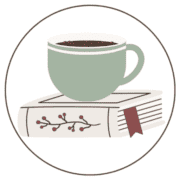
remember, it’s a good day to read a book. – jules
